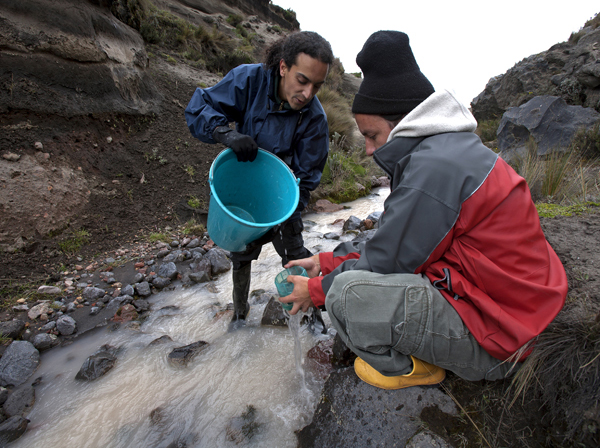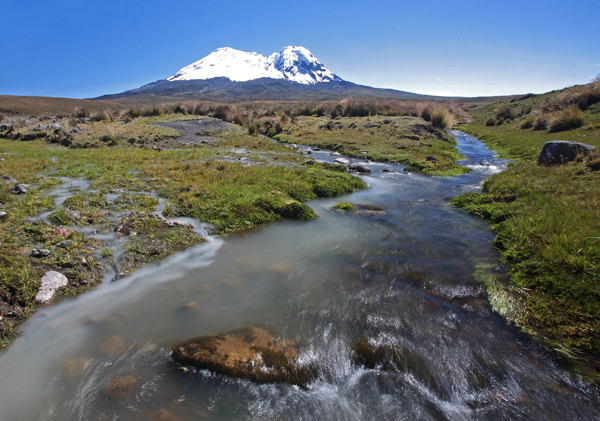The retreat of glaciers threatens the biodiversity of the paramos
Olivier Dangles, contributor to the MOOC "Of Rivers and Man" coordinated by Grenoble INP, has studied the glacial streams of the high plateaus of the Andes for the past 10 years.




